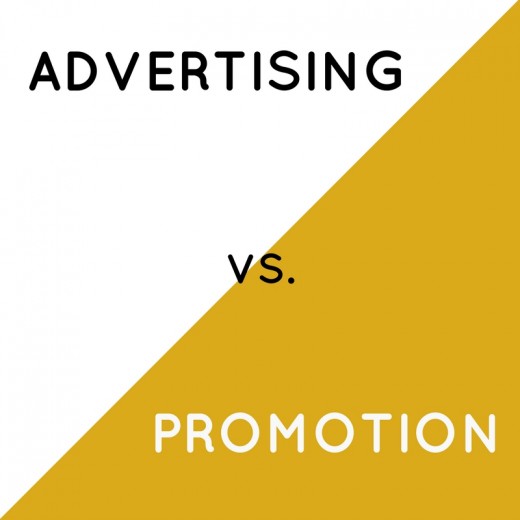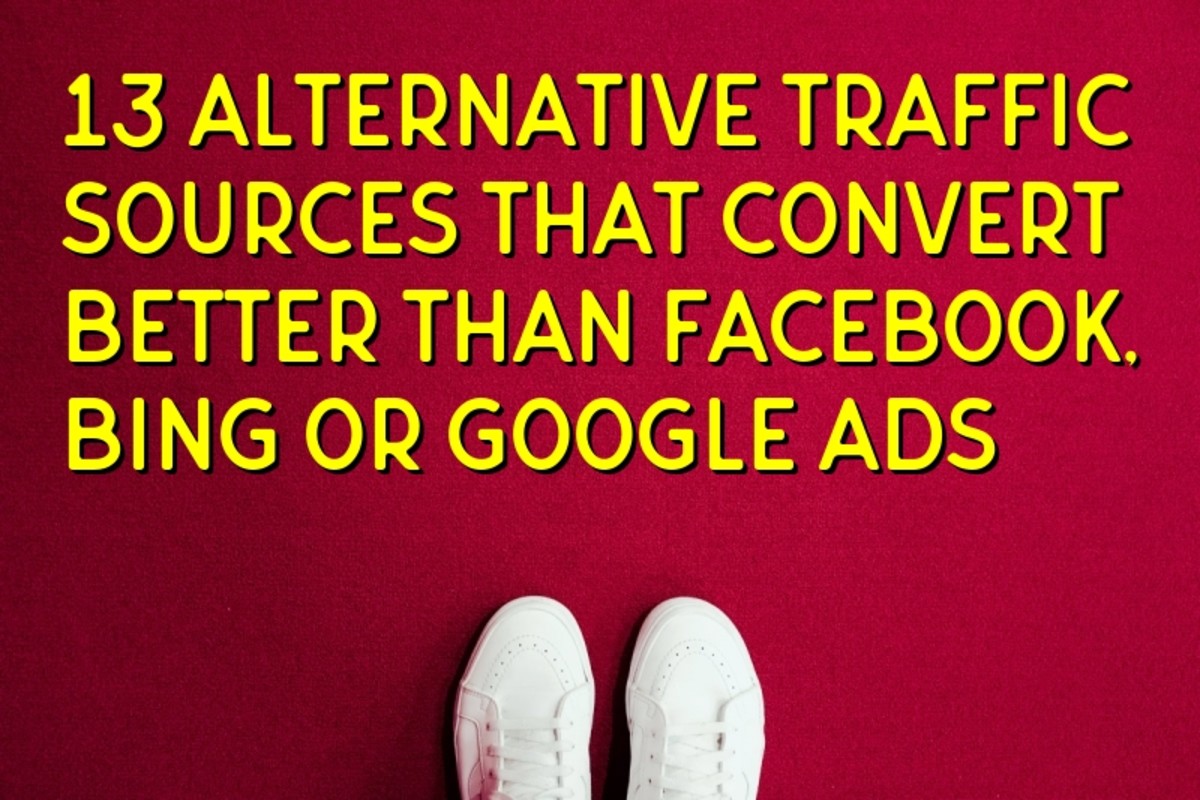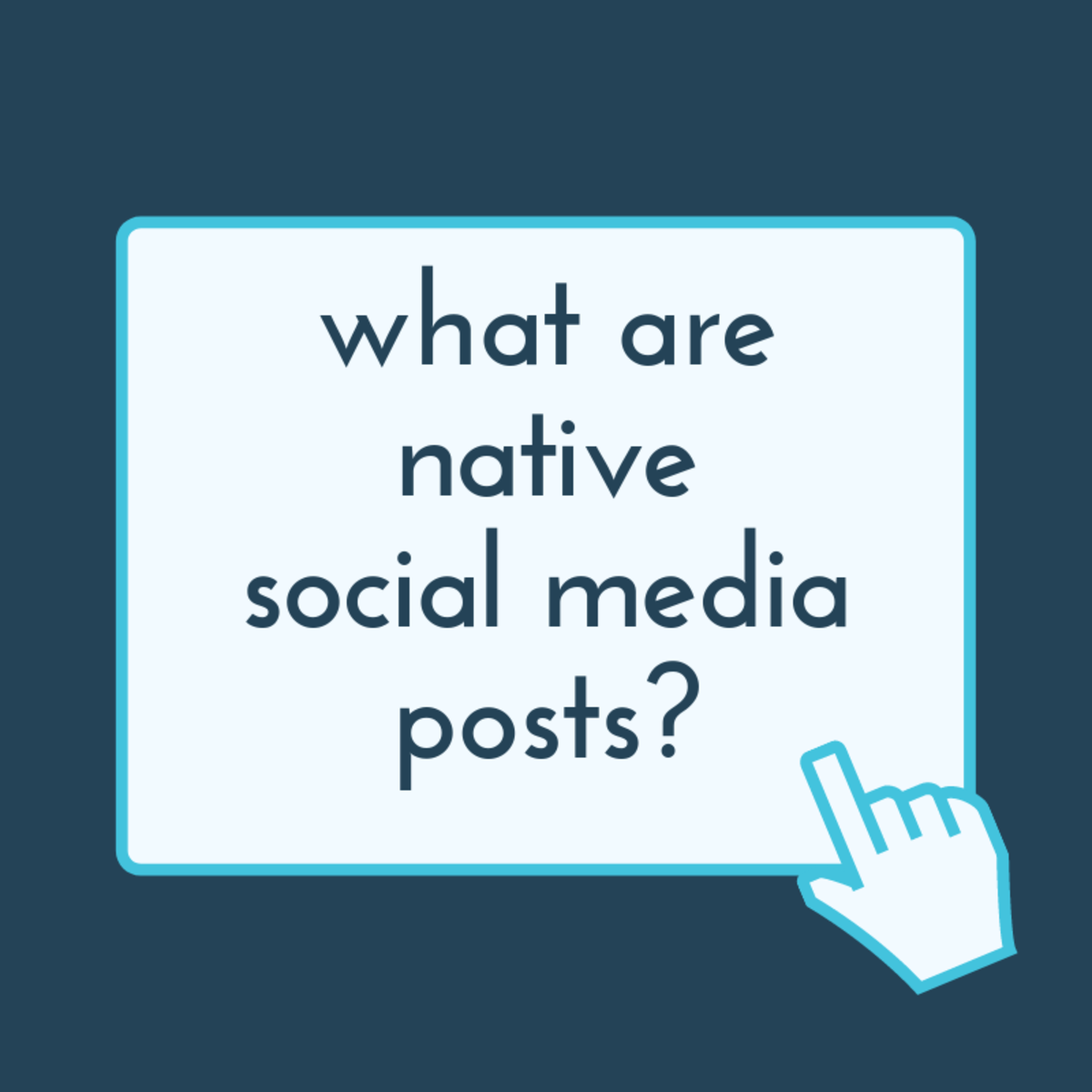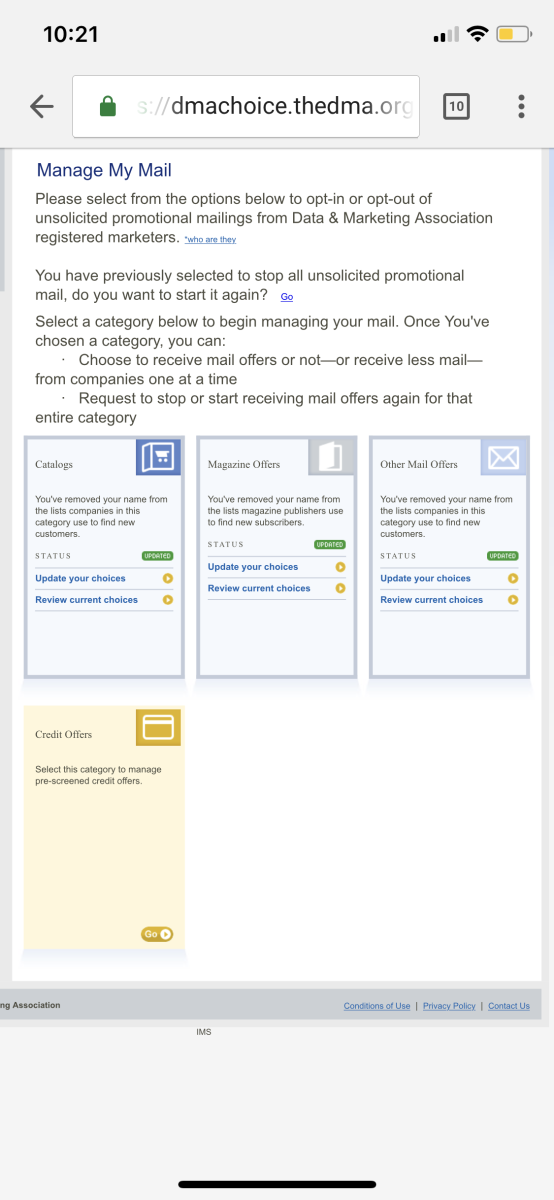Advertising vs. Promotion

In everyday conversation, the terms advertising and promotion are used almost interchangeably. However, they do define different aspects of the marketing function of a business.
What is Advertising?
Advertising is the act of announcing or directing attention to a product, service, cause, event or person, particularly through the use of paid message placements in various media outlets and direct communications to target audiences, including:
- Television and Radio
- Newspapers
- Magazines
- Websites and blogs
- Search engines
- Exhibits at trade shows and events
- Billboards and signs
- Direct mail
- Email marketing
Typically, advertising is done with the intent to profit from increased sales (or some other benefit) for the advertiser (person or organization placing the advertising message).
The term advertising can also refer to the actual advertising message placements themselves (usually referred to as ads, advertising or advertisements) or to the profession of planning, placing, designing or selling advertisements.
What is Promotion? Part I
Promotion is the act of supporting or publicizing a product, service, cause, event or person with the intent of gaining sales, participation or awareness.
Sounds a lot like advertising, right? Advertising is actually a form of promotion. However, promotion also includes non-paid and earned placements.
Examples of promotion include:
- Advertising (paid)
- Public relations activities such as distributing press releases and articles with the hope of getting featured in publications, broadcasts and websites (usually referred to as earned media or content marketing which are discussed below)
- Event, charity or association sponsorships
- Public speaking (could also be considered content marketing which is explained below)
- Blogs
- Social media
What is Earned Media?
Placements of press (or news) releases and mentions in various media outlets are referred to as earned media because they are not paid placements, unlike advertising which is purchased. These placements are "earned" in that editors will grant inclusion in their publication, broadcast or website if the material you submit is deemed worthy and relevant to their audiences. Editors essentially are "paying" you by allowing your story to occupy space or time in their media. Sometimes this is referred to as "getting press." Earned media can save a business hundreds or even thousands of dollars in marketing costs.
What is Content Marketing?
One direction that earned media can take is that of content marketing. In contrast with purely promotional submissions such as news or press releases, content marketing submissions are articles, videos, podcasts and other materials that provide valuable information and advice to a media outlet's audience without being a blatant sales pitch.
In exchange for your contribution of content, editors will typically give you a byline, meaning that they will acknowledge you as the author. Also, you are usually allowed to add a short paragraph (sometimes you will be given a word or character count limit) at the end of the article for your biography and information about your business which may include a link to your website. Editors don't just do this as a courtesy. They want to show how they are providing expert advice in their media. And for you, this helps establish your reputation as an expert.
A similar earned media content marketing opportunity exists when you are allowed to speak to a group about your area of expertise. Many groups do not have cash to pay professional public speakers, but will invite experts to speak to their members for free in exchange for promotional consideration (speaker information is included in all pre-event announcements, onsite handouts, etc.).
Content marketing can have an even greater impact on target audiences than standard earned media because it can position you as a go-to expert in your field.
What is Promotion? Part II
Promotion can also refer to another important part of the marketing function: special offers. It is a paid form of advertising in that the advertiser offers an incentive to encourage sales or participation. Most often this includes:
- Discounts or special pricing
- Free gifts offered prior to purchase or with purchase
- Financing
- Warranties
- Rewards or frequent buyer programs
Promotions usually are tracked through the use of the following methods:
- Coupons
- Promo codes, a short word or series of characters mentioned or entered during the purchasing process
- Specific website landing pages that are tracked through programs such as Google Analytics
- Calls to a specific special phone number
- QR codes (checkerboard-looking barcodes that, when scanned with a mobile device, link to a specific location on the Internet, a phone number or return information to the device)
- Sales reports for a specific product or service during a certain time period to see if promotional efforts had an effect of revenues
Summary
Advertising is a part of a company's overall promotion program. To achieve greater impact in the market cost effectively, marketers should use both paid and non-paid promotional activities.
This article is accurate and true to the best of the author’s knowledge. Content is for informational or entertainment purposes only and does not substitute for personal counsel or professional advice in business, financial, legal, or technical matters.
© 2013 Heidi Thorne








